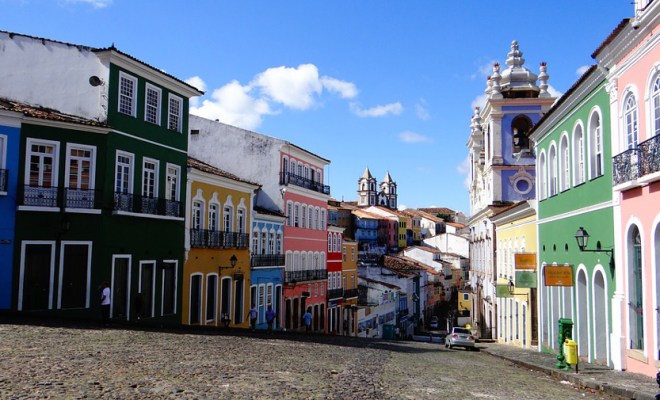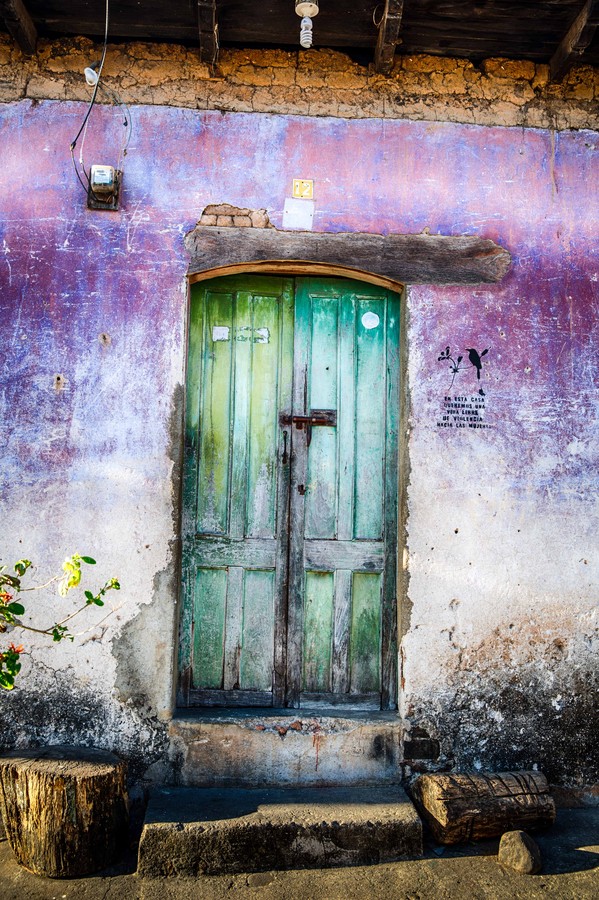
Discover the treasures of the El Salvador artisan trail.
While many would welcome an escape to heaven to delay the start of winter, there are those of us who crave a vacation that goes one step further than simply sunbathing, rest, and relaxation. In fact, 35 percent of respondents to a 2016 survey by market research firm Gfk said they prefer vacations that are active and offer opportunities to try new things. While an “active” vacation can conjure up ideas like zip lining through treetops or riding waves on a surfboard, active vacations in tropical lands can even mean finding unique ways to interact and find out about a new culture. For example, in El Salvador, there are various opportunities to watch and talk with artisans at work in media from indigo powder to red clay, according to the El Salvador Ministry of Tourism. If you are feeling inspired, you can even make your own version of this craft in one of the numerous workshops open to visitors. Plan a road trip along the paths of El Salvador’s artisans, and you can come home with a suitcase of souvenirs such as hand-dyed scarves, colourful woven mats and clay figures – which you made yourself. Here are four lovely El Salvador cities where you can enjoy a hands-on immersion in an artisan paradise. La Palma murals
Walking through the streets of La Palma is a journey in vivid colours as virtually every wall and entrance is covered with murals depicting people, animals, flowers and objects. These works are painted in an easy folk style called Arte Naif which displays quite a lot of Mayan influence, making it easy for even novice artists to create pocket-sized La Palma style murals. Taller Paty (artesaniaspaty.com) offers visitors workshops that take them through the steps of making colourful designs on wooden boxes or inside copinol bean “frames.”
As you walk through the cobbled streets of the village of Suchitoto, you will be awed and inspired by the Spanish colonial architecture and the artwork for sale in its many galleries. Along the way, plan to stop at Arte Añil Gallery, which features workshops where you can learn to dye fabrics with indigo. Indigo is a blue powder extracted from blue flowering plants. The Mayans were just one historical civilization that cultivated and valued its deep color, incorporating this striking hue into their murals and pottery. After the workshop, you’ll have your own indigo accessory, either a hand-dyed scarf or a bag, as a memento from your trip. Ilobasco red clay
Ceramics is embedded deep in the city’s identity, a history that’s indebted to the skill of the artisans and the abundant red mud that the artisans harvest and work into clay. Watch as they shape these lumps of earth into intricate miniatures, from tiny human shapes to tiny egg-shaped figures called sorpresa that open up and reveal the daily activities of the city. You may be treated to fascinating tales of a lineage of artists – those who have passed knowledge and skills down from generation to generation, sometimes as way back as the 1700s. Then, you can join one of the numerous workshops and mold your own miniature Ilobasco in the red mud. San Sebastian woven textiles
San Sebastian is famous for its colourful ribbon textiles made on traditional looms called Telares. Here, you can observe a master weaver at work in the Casa de la Cultural de San Sebastian. As they work on the looms, it’s mesmerizing to watch the movement of humans and machines creating lovely blankets, hammocks and mats. Here, you can try your hand (and your feet) at Telares in a distinctive and intimate setting – the home workshop of a master weaver. Wherever you start your artisan journey, El Salvador has a lot to offer anyone who loves to create. For more information on in-person visits, visit elsalvador.travel/en/tipos/artisan-route.











